N Ram was Editor-in-Chief of The Hindu during 2003-2012. He was also the Chairman of The Hindu Publishing Group. Mr. Ram was in Pune for delivering the first Dr. Narendra Dabholkar Memorial Lecture on 20th August 2019 and spoke to Sankalp Gurjar at length about The Hindu’s past and present. In this free-wheeling conversation, he sheds light on The Hindu’s editorial philosophy, the role of the newspapers, the potential of print, emerging digital strategies, and a host of other issues such as investigative journalism and the Wikileaks. The interview explains how and why The Hindu remains the best Indian newspaper and offers valuable insights to journalists. This is the second part of a three-part interview where N Ram talks about the editorial and management style of the newspaper and its contribution to investigative journalism.
The Hindu does not publish horoscopes and also has a very good science reporting compared to others in India. Moreover, The Hindu has always upheld progressive values. How does it do this? Many people read horoscopes in newspapers.
During my tenure as editor, I banned the publication of astrological columns from The Hindu. There was push-back from a section of readers, transmitted through our marketing people. But a newspaper must lead, not tail its readers, or rather a section of vocal readers who are taken in by irrational, obscurantist beliefs. My ban on (‘What the Stars Foretell’) astrological humbug had a historical background for us. One of The Hindu’s great editors and my great grand uncle, Kasturi Srinivasan, is reported to have said that while he believed in astrology, publishing astrological forecasts in a newspaper was nothing but ‘mass cheating’. He didn’t allow it in his days. But after him, The Hindu used to print horoscope-based astrological forecasts. When I came, I said that we shouldn’t print it because by doing so we would be encouraging obscurantism and also enabling mass cheating. There have been a few renewed demands from within our group for publishing astrological forecasts, as other newspapers do. Some marketing people whisper from time to time that readers want it. But we haven’t compromised on this. I think Dr. Narendra Dabholkar would have approved.
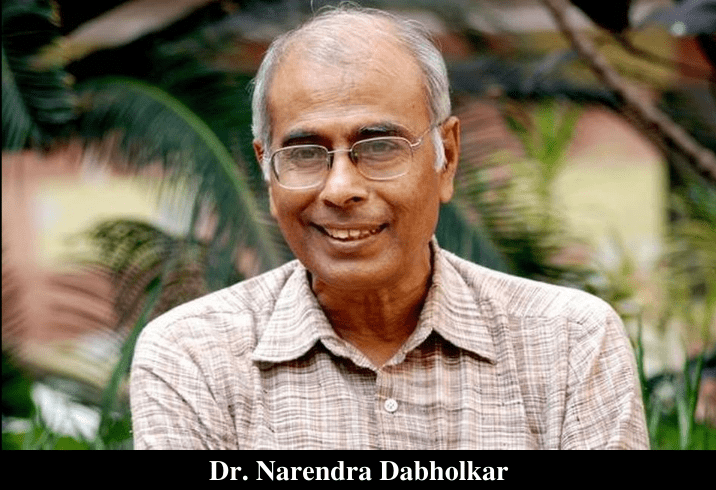
The Hindu brings out supplements for different cross-sections of readers, like Friday Review devoted to arts and culture. These supplements have maintained quality over the years. What’s the secret behind this?
We tried to maintain diverse offerings in our supplements like articles on culture, art, books, technology, etc. There was a time when The Hindu used to publish at least one supplement every day, in the main editions. The Sunday magazine and the Saturday supplements have always been there. However, I must admit that the quality of the Sunday magazine has had its ups and downs. The idea behind editorial supplements is to publish interesting, educative, and quality content every day without trivializing the subject. It was also welcomed by our readers, especially in the South. But today, publishing supplements without an adequate level of advertising in these pages has become difficult. Advertisers don’t seem to favor supplements.
The Hindu’s Sunday supplement used to be published in a tabloid format.
Yes, but it has gone back to the broadsheet. It’s about pagination and the use of newsprint. It’s also about which format advertisers prefer. Internationally, you will see that even The Times (UK) and The Guardian have gone tabloid. The Hindu followed a similar trend but only in a few supplements. In the West, people read newspapers while they commute and the tabloid format seems congenial. Because carrying tabloid is easier. Tabloid might work in a metropolis like Mumbai. However, now, after some experimentation with our supplements, we are clear that for us broadsheet is a much better format than a tabloid, of course for the main paper but also practically all our supplements.
Some newspapers believe that book reviews are redundant. They believe that it’s free publicity for books, writers, and publishers. However, The Hindu has a rich Books and Literary section on Sunday. It also used to publish a separate literary supplement. What’s the logic behind this?
Yes, you are right that most newspapers believe that book reviews are a waste of space, an undeserved gift to publishers and writers. We carry book reviews and features, and also the list of the latest books published in English and some Indian languages. Just like reviews, the listing of books is important. Books that are not reviewed are listed. It is our experience that readers like book reviews as long as the reviews are independent and well written. Never underestimate your readers. We encourage reviewing of books. If you go back to our archives, you will find that we have had very good reviewers as well. But very often the space that we can devote to books isn’t enough. The other reason we cover books is that in many instances, the publishing industry cannot afford to advertise in newspapers. So, we do this service for publishers and writers and hope that readers also benefit.
But is there sufficient readership for book reviews?
Yes, there is. This is also reflected in the large turn-outs in the annual literary festivals we present to our readers and the general public. And there’s the other side of the argument: if you go only by readership, then you can’t even write editorials! Only 10% of your readership will read your editorials. But we spend a disproportionately high amount of time on editorials. Because we believe that through quality editorial-writing, we can influence public affairs in a secular and progressive direction.
Let’s look at this more systematically. What is the role of daily newspapers? The first role or function is to provide credible information daily. The second is the critical-investigative function. Newspapers must analyze, investigate, and at times play an adversarial role for the benefit of society. Thirdly, serious newspapers play a role in public education (on subjects like science, technology, culture, politics, economics, etc.) without talking down to your readers. Editorial and Op-ed pages of newspapers serve the function of being a free, but well-ordered forum for analysis, disputation, and debate. On digital platforms, you can do this even more. Fourthly, newspapers play a role in agenda building on issues that matter.
But there is also a negative role, a propaganda role that Noam Chomsky and Ed Herman have described as ‘manufacturing consent’. In India, this is rampant, particularly on TV and in the case of some newspapers. They carry out the propaganda function for a particular party and the government. For example, there is an unprecedented economic crisis in the country right now. How many media houses are reporting it in depth? Also, observe how newspapers covered the BJP government’s Jammu & Kashmir coup, after effectively doing away with Article 370, bifurcating the State, and downgrading it into two Union Territories. The international press is very critical of India. But many Indian newspapers believe that you will become unpopular if you criticize. Therefore, newspapers have not been playing their proper role in these cases.
Many newspapers are worried about the government’s reaction as well as the backlash supposedly from ‘readers’, but orchestrated by trolls and hate-mongers. The challenge today is to uphold your ideals – freedom of speech, freedom of assembly, freedom to protest, secularism, other democratic rights – in a way that can persuade your readers. See how the US media is standing up to President Donald Trump. Trump has his core right-wing supporters and a wider mass base but that is not deterring American newspapers from criticizing and condemning him. We need to learn from them. Sometimes they go too far as well and criticize the personal rather than policies. But by and large, they are doing good work. Coming back to India, I learned today and was very happy to know that there is pretty good media support for the campaign to bring to justice the killers and conspirators behind Dr. Dabholkar’s assassination.
The Hindu was part of the WikiLeaks expose in 2010. Could you tell us about that process?
Yes, I was the editor then. Julian Assange had chosen us and WikiLeaks made the initial contacts through P Sainath, who was our Rural Affairs Editor. International newspapers like The Guardian and The New York Times were part of the original expose. We were not part of that. After the first set of exposes, we were offered the leaked US Embassy cables relating to India. So, I went to meet Julian Assange in the UK. We signed a memorandum of understanding (MoU) and The Hindu received a treasure trove of information from WikiLeaks. Assange had to put in a very rigorous security protocol to ensure that there was no breach or hacking by hostile state agencies or other mischievous elements. Our cooperation involved no financial transactions of any kind. Both sides had certain clearly stated obligations: for example, our researched story (in print and online) and the particular cable or cables on which the story was based had to go live simultaneously day after day. This ensured that readers online could check the stories for veracity, against the text of the leaked cables made available by WikiLeaks. We even recorded a video of my conversation with Assange, which we put out online.

We set up a war room in our office where very few selected journalists had access. Other journalists knew that something was cooking but didn’t know exactly what the project was. Our team worked round the clock and I am proud to say that we had 26 consecutive front-page stories. Our people worked hard on it. We had cables, but you had to provide background, do some necessary research to figure out intriguing references etc. I had very good interactions with Assange. It was not an investigative reporting per se but it was a very good partnership between The Hindu and Wikileaks. It fell into our lap. Our experience with Wikileaks was very pleasant, unlike the way some western newspapers approached their dealings with WikiLeaks and Assange. Some of those papers fell out with Wikileaks later and started criticizing and even defaming Assange. They distanced themselves from Wikileaks after benefitting hugely from the leaked material gifted to them. Now Assange is in jail and is facing serious health issues and a grim personal future.
Unlike many other newspapers, The Hindu still carries out investigative journalism. It is costly, involves time, and may not even result in expected outcomes.
Yes, we take investigative journalism seriously. The latest major investigative series, as you know, was on the Rafale aircraft deal, in early 2019. I am not in active journalism now but I did six stories on Rafale. Again, it fell into our lap. For most of those stories, we didn’t even wait for a day. We broke it as soon as we received it.
These stories were unusually long.
Yes, we needed that length. The government was not pleased with our reporting. The Attorney General initially spoke about invoking the Official Secrets Act to take action against us. But they later modified their position and said that the act would not be invoked against The Hindu, but against those who leaked these documents. The Supreme Court came out with a very good judgment on this issue. The then Chief Justice, Mr. Ranjan Gogoi, wrote that the right of such publication would seem to align with the constitutional guarantee of freedom of speech. It was a very pleasing reference to our work.
I was also involved in Bofors investigation in the 1980s. But it was not like Rafale. For Bofors, it took a long time for us to get our hands on all the relevant documents and to be able to publish them with the necessary background and analysis. Also, in the Bofors case, we could establish the money trail right at the start. In the case of Rafale, the money trail could not be established. But still, there are irregularities: offset policy was turned upside down, transparency, anti-corruption, and integrity clauses were removed, and so on.
Part 1 of this interview can be found here. Part 3 of the interview can be found here.
(Kartavya is celebrating its first anniversary on 9th August. On the backdrop of this special occasion, we will publish comprehensive interviews of three renowned editors of English journalism for seven consecutive days starting today, that is, August 9th to August 15th.
N. Ram's interview will be published in three parts and will shed light on the past and present of The Hindu. Naresh Fernandes' interview will be published in two parts and will talk about Scroll.in. And lastly, Shekhar Gupta's interview will be published in three parts which will address his career with The Indian Express, India Today, and The Print. Although these editors belong to three different generations and have a differing point of view on some issues, their commitment to the core values of journalism is alike.
The Marathi translation of this interview has been published in the 15th August 2020 edition of weekly Sadhana.)
Tags: the hindu interview N Ram sankalp gurjar journalism politics Load More Tags

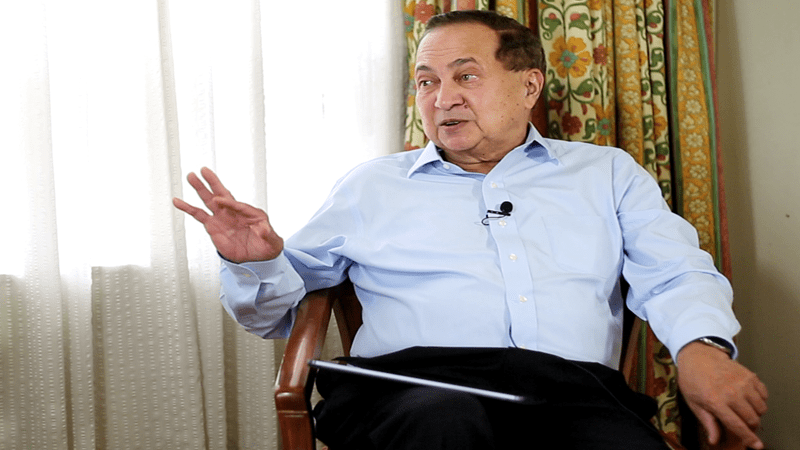


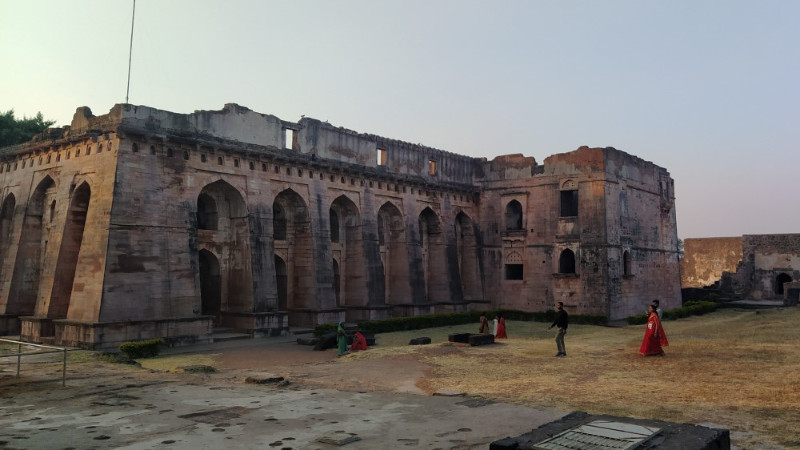

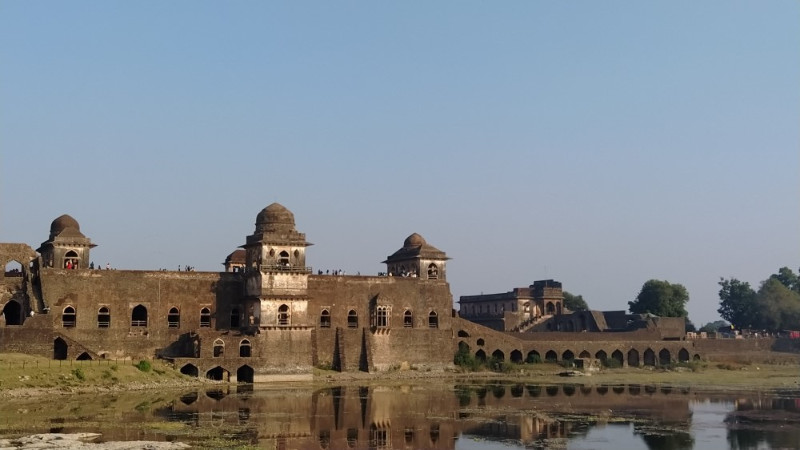
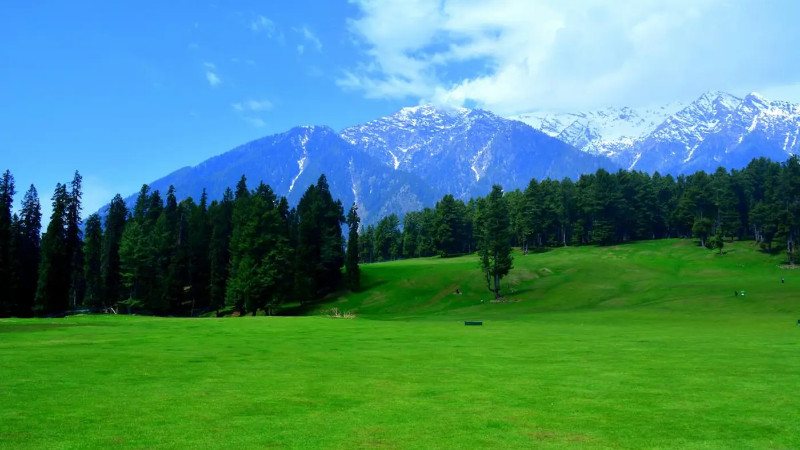

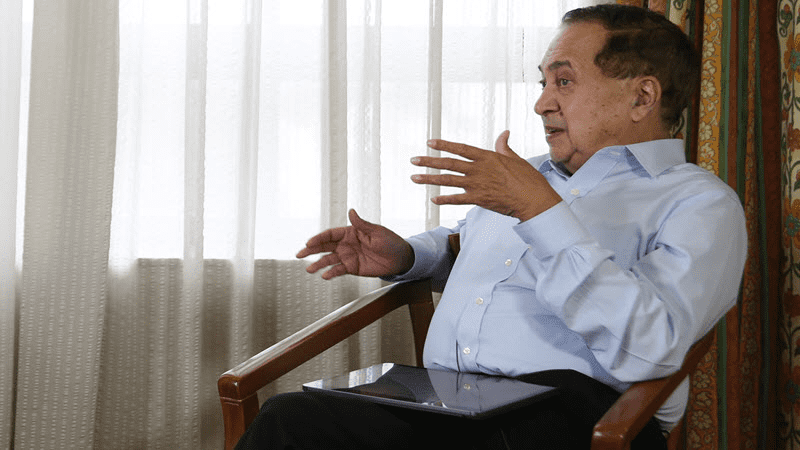
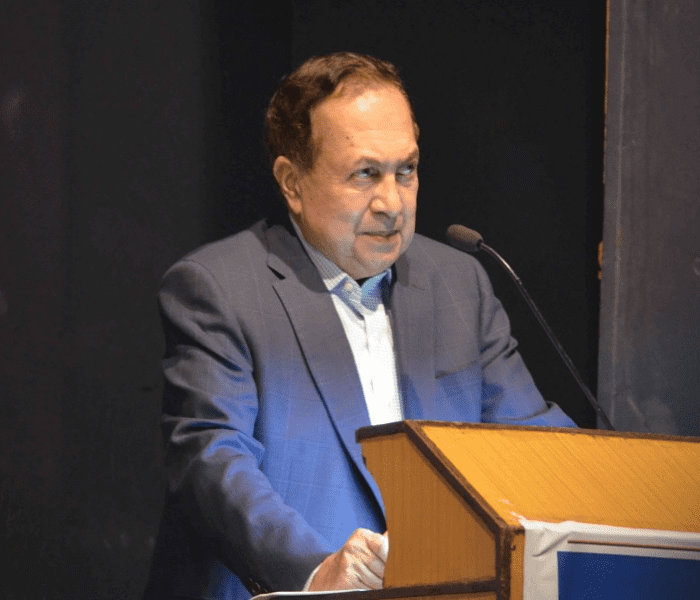
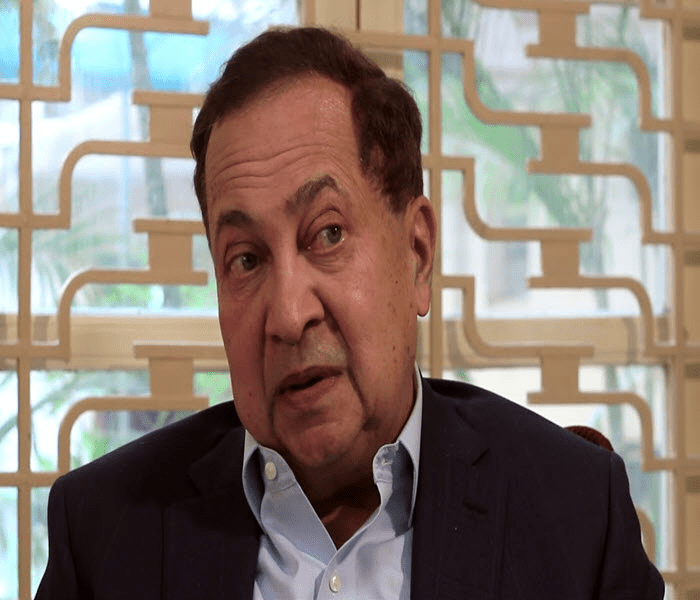
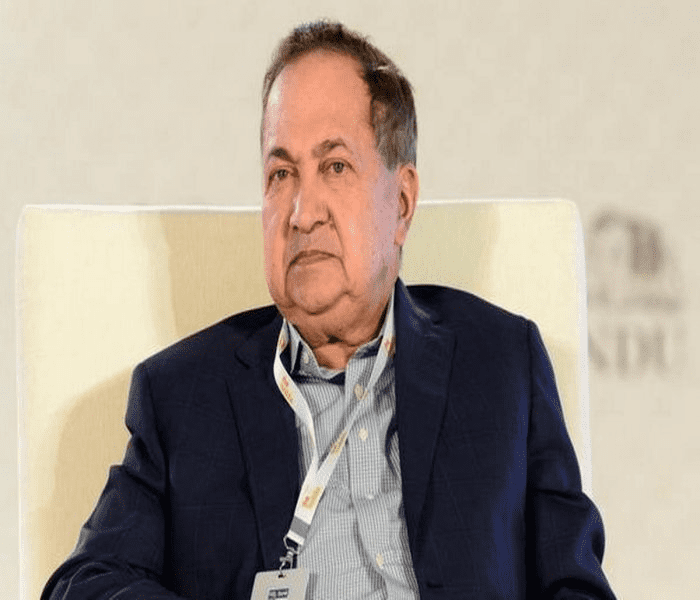

























Add Comment